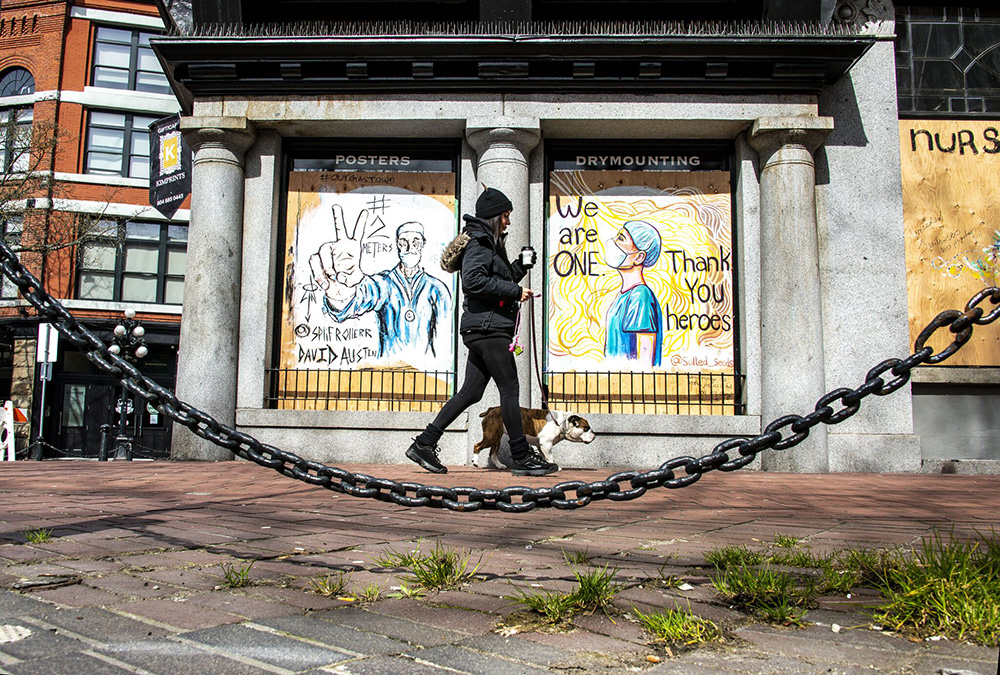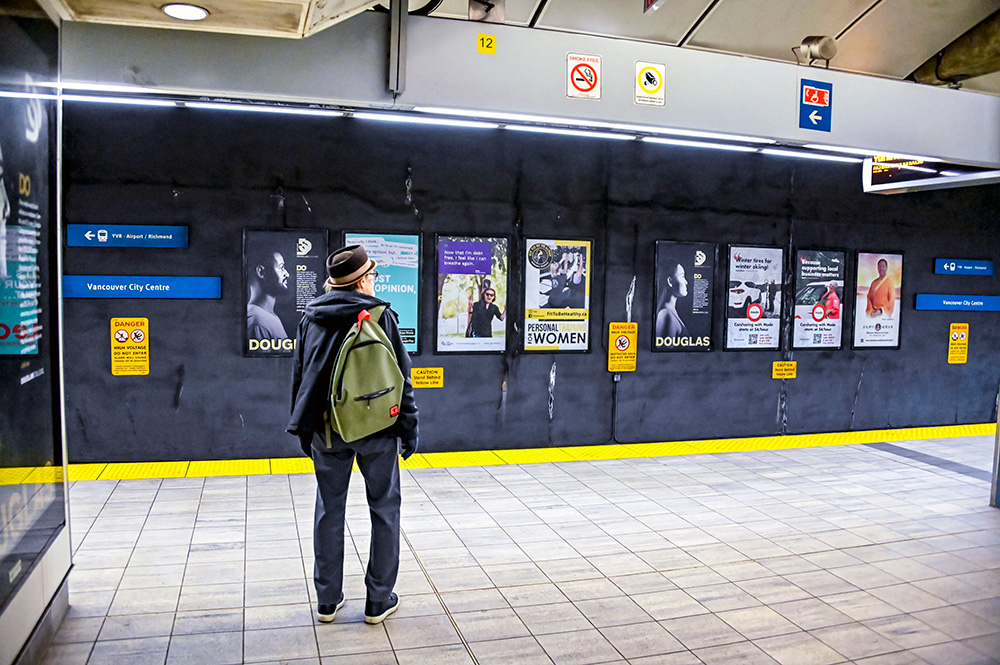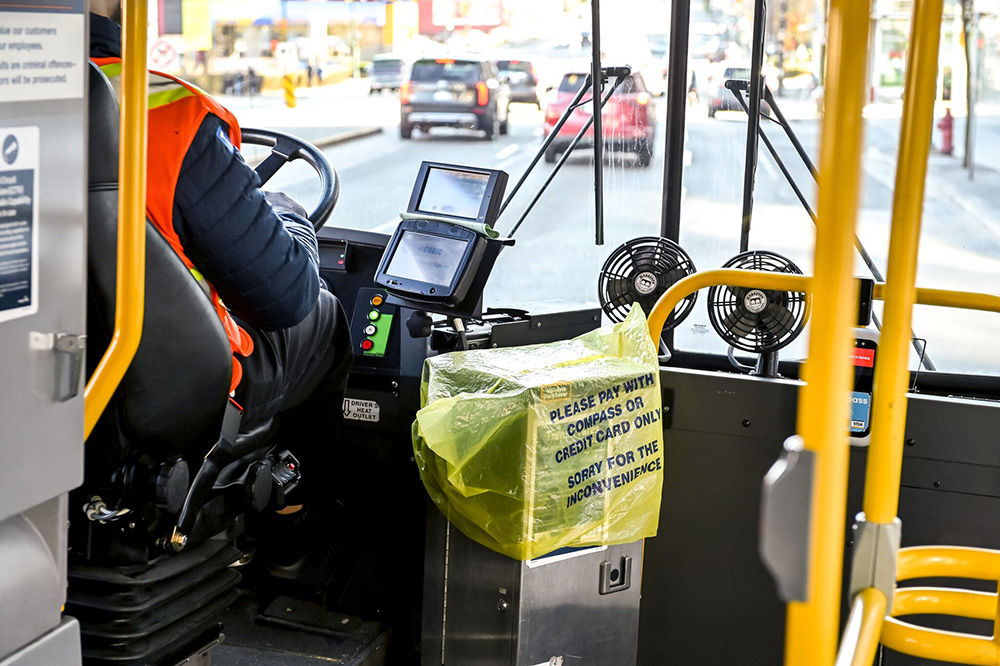Health officials are clear — stay close to home unless you absolutely have to go somewhere.
But for those essential trips, how do you travel safely? Are buses a good idea? Is it OK to ride a ferry? In cities like Vancouver with good bike lanes, is it safe to bike?
The BC Centre for Disease Control has some general guidelines here.
We dug into what the experts and transit authorities are advising. Here’s what we learned about how to get around in B.C. and beyond — but only if it’s essential, you don’t have symptoms of illness, you aren’t meeting with people outside your household, and you are practising physical distancing.
Walk
In mid-March provincial health officer Dr. Bonnie Henry encouraged people to “Go out and experience what we have here in British Columbia right now.”
“This virus does not transmit when people are outdoors,” she said.
But it’s a problem when everybody is outdoors at the same time, experts say, recommending people stay away from anywhere that people are likely to congregate.
The BC Search and Rescue Association is also telling people to avoid challenging hikes and climbs. If a person needs rescuing, that means a crew of 20 to 30 rescuers will be forced to work in a large group to carry out the rescue. Despite orders for British Columbians to self-isolate, the number of calls has not gone down, they said.

Drive
If you must head out for essentials, it is safe to use your car, though you should disinfect high-touch surfaces like the steering wheel.
Biking
Cycling is still a go — just don’t be tempted to go for a ride with people outside of your household.
Some cities are going one step further to pave the way for bikes in the time of COVID-19. Bogota, Colombia, has added 47 miles of bike lanes to reduce crowding on public transport. New York City, which has seen a rise in cycling as people avoid public transit, is planning to add new lanes as well.
Public transit
For those without a car, public transit is still running for grocery trips and essential workers and remains safe for transportation.
Both BC Transit and TransLink in Metro Vancouver are cleaning high-touch areas such as seats, handles and windows with more frequency.

The transit authorities are not collecting fares, have rear door loading (unless you need to use a ramp) and are only taking half as many passengers as normal. TransLink has also prohibited standing on their buses.
Ferry
BC Ferries is still operating, though with new regulations, reduced sailings and the temporary suspension of certain routes, such as between Horseshoe Bay and Nanaimo.
On Sunday, Transport Canada told passenger vessel operators like BC Ferries to reduce passenger capacity by 50 per cent and to implement health checks on sailings longer than 30 minutes.
BC Ferries asks that passengers pay electronically to encourage physical distancing.
Passengers can practise social distancing on board or remain in their vehicles on any deck.
Taxi/Rideshare
Taxi and ridesharing are still classified as an essential service.
B.C. has no COVID-19-preventive advice for passengers, but Quebec does. Take taxis with interiors that can be cleaned and disinfected easily, such as vinyl instead of fabric. Vehicles where passengers can sit at least two metres away from the driver, such as a van, are preferred. Before getting into the vehicle, disinfect your hands. Wear a mask or cover your mouth and nose with a tissue or handkerchief. If weather permits, open windows. Limit contact with interior surfaces.
But are you a Canadian returning home from abroad?
You will not be able to take a taxi, ride-sharing car or public transit to get home, the federal health minister has announced. If you can’t arrange for a family or friend to pick you up, you must use transit arranged by the federal government. Details on this are coming, as well as plans for hotels for travellers who need them. ![]()
Read more: Health, Transportation, Coronavirus

















Tyee Commenting Guidelines
Comments that violate guidelines risk being deleted, and violations may result in a temporary or permanent user ban. Maintain the spirit of good conversation to stay in the discussion.
*Please note The Tyee is not a forum for spreading misinformation about COVID-19, denying its existence or minimizing its risk to public health.
Do:
Do not: